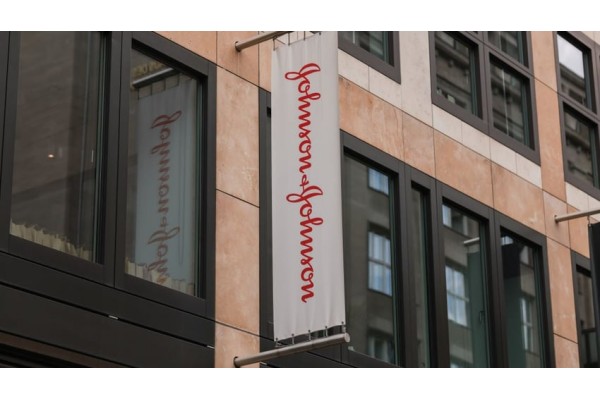J&J’s Darzalex Stays on its Upward Trajectory as Company Adds $1B to Annual Sales Projection
July 24, 2023
Source: drugdu
 300
300

In 2017, when Genmab CEO Jan van de Winkel declared its multiple myeloma drug Darzalex—which is marketed by Johnson & Johnson—had the potential for peak sales of $13 billion, he relented that it was a best-case scenario.Six years later, that best-case scenario appears possible. On Thursday, J&J reported another quarter of strong sales for the monoclonal antibody.
Darzalex generated $2.43 billion in the period, a 22% increase from the second quarter of last year. After realizing sales of $6 billion in 2021 and $8 billion last year, Darzalex is on track to approach revenue of $10 billion in 2023.
The drug, which was approved in 2015, was boosted in 2020 with the development of Darzalex Faspro, a subcutaneous version of the treatment which allows patients to receive doses in minutes compared to hours for the previous intravenous administration. A year ago, J&J reported that 85% of patients receiving Darzalex were using Faspro.
While Darzalex currently carries a heavy load, the company says it expects to enhance its position in the multiple myeloma market with its new products such as Tecvayli and Carvykti.
“(It is our expectation) that we would be in position to have three out of every four patients starting on a Janssen regimen by the end of this decade,” J&J CEO Joaquin Duato said on a conference call.
The performance of Darzalex helped J&J to $25.5 billion in sales in the quarter, which exceeded analyst expectations of $24.6 billion. It also prompted the company to boost its annual sales guidance by approximately $1 billion to a window of $98.8 billion to $99.8 billion.
Of the revenue for the quarter, $13.7 billion came from J&J’s pharma sector, which was a 6% increase and helps support the company’s goal of reaching $57 billion in annual pharma sales by 2025.
“What we are seeing now increases and reinforces and enhances our confidence,” said Duato of the goal, which was established in 2021.
While pharma sales were strong in the quarter, some key products—including Tremfya and Erleada—fell short of expectations, according to Third Bridge analyst Lee Brown.
“The shortfalls relative to consensus were more than offset by medications that typically do not garner as much attention such as HIV-1 drugs like Prezista and Endurant," Brown wrote. “Concerta for ADHD and Spravato for TRD/MDD also drove strong upside and helped to push the segment ahead of consensus. Lastly, we’re starting to see some nice momentum with Carykti."
Hanging over any rosy expectations for the company is the specter of its talc litigation. The company got bad news this week with a jury awarding a California plaintiff $18.8 million in damages relating to his use of Johnson’s Baby Powder.
J&J litigation chief Erik Haas said during the call that the company would appeal the verdict “based on the erroneous rulings by the trial judge that prevented us from sharing with the jury critical facts that the plaintiff’s exceedingly rare form of mesothelioma was not caused by baby powder.”
Meanwhile, a New Jersey judge soon will decide whether to allow J&J to use its bankruptcy ploy to resolve tens of thousands of talc lawsuits.
Source: fiercePharma.com
By editorRead more on
- A new ADC champion has emerged. December 18, 2025
- Domestic ophthalmic monoclonal antibody achieves blockbuster BD December 18, 2025
- Clinical trial application for nasal spray accepted, targeting allergic rhinitis. December 18, 2025
- New drug JSKN027 accepted for clinical trials December 18, 2025
- WHO Warns Europe’s Influenza Peak May Arrive by Year-End December 18, 2025
your submission has already been received.
OK
Subscribe
Please enter a valid Email address!
Submit
The most relevant industry news & insight will be sent to you every two weeks.



